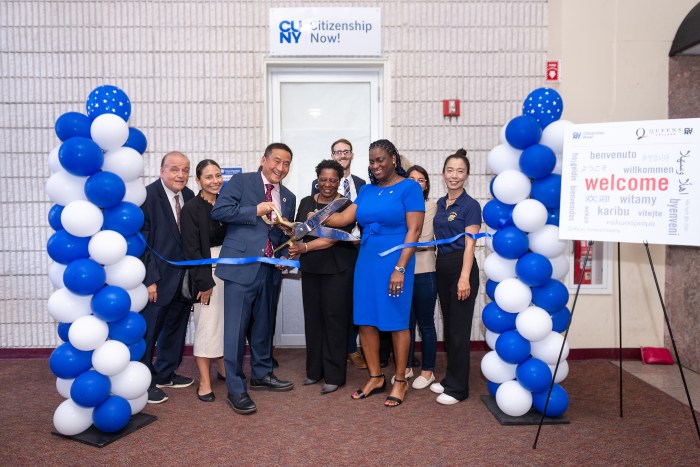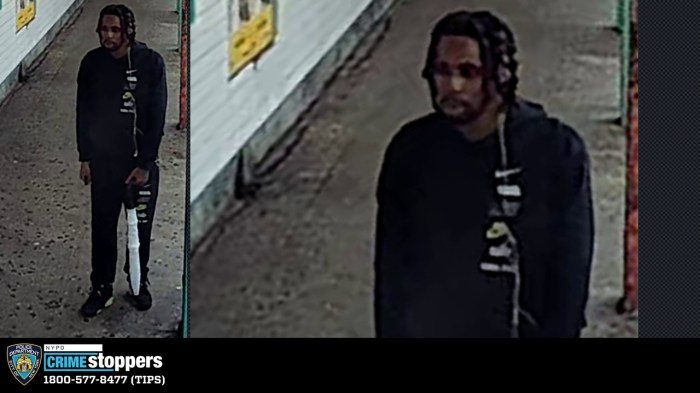By The Times/Ledger
Unlike Western medicine, which treats the symptoms of an illness or the effect that it has on the body, traditional Chinese medicine treats the cause of the illness. Both Western and Chinese systems have their place. Western medicine can be said to excel in trauma care and therapies for acute problems, while Chinese medicine excels in the areas of chronic problems and preventive medicine.
Fundamental to all traditional Chinese medicine is the concept of Qi (pronounced “chee”), the vital energy that gives life to all living matter. Qi is the life-giving energy force that flows in channels throughout the human body. It circulates along pathways similar to those of the vascular or nervous system.
When the flow of Qi is insufficient, obstructed or otherwise “out of balance,” illness may occur. According to Chinese medical experts, a smooth flow of Qi is necessary for a healthy body – proper organ function and blood flow, healthy body fluids and the body's warmth.
Acupuncture, an important component of traditional Chinese medicine, is said to be able to restore the balance of the flow of Qi and hence cure the illness.
Acupuncture is a natural and effective means of healing the body that has been perfected by the Chinese over a period of nearly 5,000 years. The first record of acupuncture is found in the oldest medical textbook in the world – the more than 2,000-year-old “Yellow Emperor's Classic of Internal Medicine.”
How does acupuncture work?
Acupuncture encourages the body to heal naturally. This is done by inserting acupuncture needles at the appropriate points on the body which correspond to the blockage or deficiency in the flow of Qi in the person's body.
Although the movement of Qi cannot be seen under a microscope or measured by an instrument, acupuncture is gaining ever-increasing acceptance and use in the West. In November 1997 the National Institutes of Health issued a statement concluding that acupuncture was a clearly effective treatment for a variety of medical conditions, including the ability to improve the functioning of the body's immune system.
According to modern science, the needles stimulate the human nervous system to release chemicals in the muscles, spinal cord and brain. If the patient had been experiencing pain, these chemicals will release a natural pain-relieving substance like endorphins as well as other chemicals and hormones that will cause the body's own internal system to heal itself.
What can you expect when you visit an acupuncturist?
Whether you go to a Chinese acupuncturist for treatment of pain, in illness or for preventative care, the acupuncturist will need to get an accurate picture of your health through questioning and observation. This process will reveal signs and symptoms, which when related to one another, will provide the experienced practitioner with a pattern of harmony or disharmony. The acupuncturist will then recommend a course of treatment tailored to your specific needs.
Dr. Cheng-Ih Lu, formerly an acupuncturist at the Taipei Chungshi Hospital and the Taipei Hoping Hospital in Taiwan, has successfully treated hundreds of patients with a wide variety of illnesses.
“Communication is of the utmost importance between acupuncture patients and their doctor,” Lu said. “The patients should convey their problems clearly and the doctor should be able to apply his diagnostic skills to the fullest extent in treating them.”
Lu, who currently has a practice in Manhasset, said “when treating a patient, I constantly re-evaluate all the variables involved before making any judgments. Every person is unique, every patient is special, and every case deserves the most dedicated attention.”
Depending upon the severity and nature of the patient's illness, Lu said, some can be treated in a few visits and some chronic illnesses require up to 20 treatments.
“A lot of my patients have suffered from chronic fatigue syndrome,” Lu said. “Chronic fatigue syndrome is the effect of an underlying illness. Chinese medicine emphasizes the integration of theory and practice. One has to treat the root of the problem – the underlying illness – and not just the symptoms.”
Lu said acupuncture is the most efficient and safest medical treatment because it has no side effects.
Acupuncturists commonly use six types of needles which vary in length and width. Most practitioners use only sterile, disposable needles – they are used once and discarded in accordance with medical biohazard regulations.
Insertion of the needles is a harmless process causing little discomfort. A small percentage of patients may occasionally experience a small bruise.
What pathological illnesses can be treated with acupuncture?
Acupuncture has been used to successfully treat a broad range of modernday illnesses and sources of pain including:
































